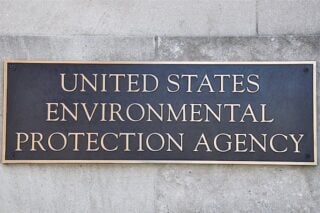An Environmental Protection investigation in February showed Orlando Local Union 1365 firefighters were exposed to high levels of asbestos. The exposure was the result of 15 firefighters prepping an abandoned apartment complex for fire training and coming into contact with the asbestos-contaminated tiles.
Ninety-three random sets of the firefighters’ gear and clothing were professionally tested for asbestos. The results showed every single one did indeed contain the hazardous chemical with 27 of them considered to be dangerously high levels of contamination. One pair of pants had 72 times the amount of acceptable asbestos per Environmental Protection Agency (EPA) regulations.
“There is obvious concern after looking at it,” said Vice President of Local Firefighters’ Union 1365, Wayne Bernoska. “To understand how that [asbestos levels] will affect members’ health … that is going to be our number one concern.”
Today, firefighters still face dangers of asbestos exposure on the job regularly, even when the use of the substance has been significantly restricted. Many structures contain asbestos-ridden materials, including insulation, roofing, flooring and siding. Asbestos exposure is the only known cause of mesothelioma cancer.
The most common place a firefighter will encounter asbestos is in the initial stages of extinguishing a fire. Burning materials can damage asbestos to the point where the fibers are easily released into the air.
Most protective equipment used will eliminate risk of inhalation, but burned asbestos products can continue to release fibers into the air even after the flames have been put out and as debris is slowly cooling off.
The most important piece of safety equipment for fighters is their SCBA, which can protect them from inhaling any airborne chemicals and provides safe, clean, breathable air. It has three parts, the mouthpiece, regulator and high-pressure tank.
A firefighter should wear her SCBA completely over her nose and mouth at all times while at the scene even after the fire is out. The National Institute for Occupational Safety and Health (NIOSH) supplies these.
Precautions are being taken by the city to prevent a future incident and the firefighters’ health and safety board and a physician have been contacted.
“That policy is, after every fire, after every contaminate scene, that you wash your gear, making sure personnel adhere to our policies that we have established,” said Chief of the Orlando Fire Department, Roderick Williams.
“Washing the gear two cycles, the contaminate levels were removed to acceptable normal levels,” said Chief Roderick. All of the gear was cleaned twice at a rate of 50 sets per week.





